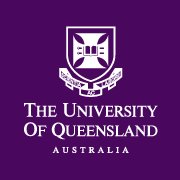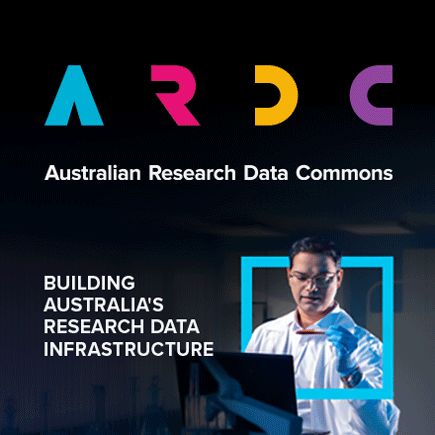Full description
15um non-symmetric average mouse model in Waxholm space from 16.4T 30um images. Digital MRI atlases serve to integrate data from differing modalities, stereotaxic localisation, automatic region identification, automated segmentation and direct comparisons between individuals. While paper atlases can provide exquisite detail of delineated structures, they are typically based upon an individual subjects histology and as such make it difficult to identify structures in novel subjects in an automated fashion. Improvements in field and gradient strength has led to enhanced resolution and the number of segmented regions in MRI atlases. Arguably, the best current atlas is that of Dorr et al in 20083, acquired at 7T with a final resolution of 32um and 62 segmented structures. The data in this MRI atlas was acquired at 16.4T and created using a specific adaptation of a nonlinear averaging technique that resulted in a final resolution of 15um and is thus approaching histological clarity.
User Contributed Tags
Login to tag this record with meaningful keywords to make it easier to discover
- DOI : 10.14264/UQL.2015.863



